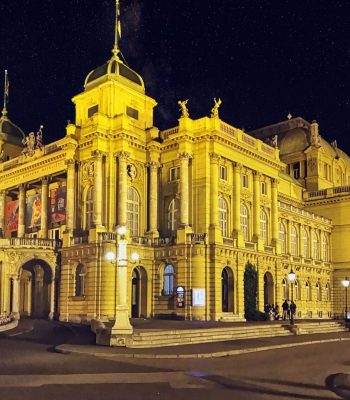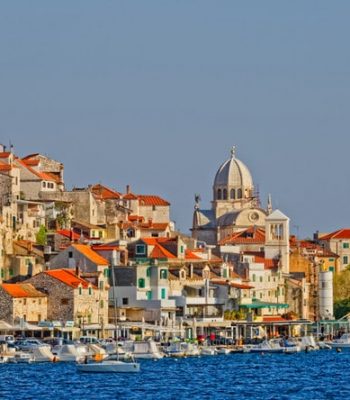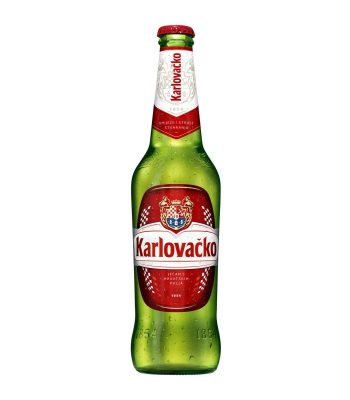Map

Dubrovnik

Dubrovnik is a city that absolutely mesmerises you with its image and history in every detail. Its
dynamism and atmosphere are unique. Historic buildings of this place seem to create a fairy-tale
perspective. According to legends, the first settlement was formed here in the 7th century. The
stately ring of wonderfully preserved medieval fortifications will make a great impression on you. The city walls of Dubrovnik were built thanks to its extraordinary and progressive society, whose various achievements were often ahead of their time. It became famous in history as a city-state, the Republic of Dubrovnik. British and Irish poet George Bernard Shaw said that those who wanted to see paradise on earth should go to Dubrovnik. I think that there is nothing else for you to do but
verify in person his famous sentence describing this extraordinary place.
Capital City of the Republic of Croatia. Zagreb is a city with many faces and images. Its profile is
amazing: from concrete communist areas to an extraordinary historic centre. All this makes that this place hums with life and has an original dimension. At your disposal, there is a great range of
attractions that are symbols of the city. It is enough to mention the Zagreb Cathedral, the St. Mark’s
Church, the beautiful Ban Jelačić Square, which is literally and figuratively the beating heart of
Zagreb. Moreover, the fascinating streets: Ilica shopping street and Tkalčicieva street of restaurants
and entertainment – who doesn’t like shopping and having fun?! The Manduševac fountain that
harbours legends about the city name and offers a chance for a life of happiness – this is also
something you cannot miss in Croatia, my dear! The historic Zagreb Funicular; the Mirogoj Cemetery – a place that combines the spiritual world, art and history. Green areas, numerous squares and parks… And all this located at the foot of the Medvednica Nature Park and on the Sava River. The city will charm you with its diversity and colourfulness.
Zagreb

Split

Zadar

Pula

Truffles are the symbol of the region’s unique gastronomic offer. Have you ever tried truffles? It is said that people have eaten them here since Roman times. Maria Teresa herself was to taste them here during her trip from Trieste to Vienna. Treat yourself to a bit of luxury for your palate and plunge into the culinary world of this part of Croatia. You won’t regret it.
Šibenik

Osijek

Rijeka

Plitvice Lakes

A charming town representing the central part of Croatia. Sambor found its place on the slopes of
the enchanting hilly area of Samborsko Gorje and against the background of the romantic valley of
the Gradne Stream. This idyllic scenery is less than 20 km from Zagreb. Tourism has a long tradition
here. It was here where the first organized mountain trip in Croatia was inaugurated in 1875. If you
are an enthusiast of confectionery and love the sweetness that pleases all your senses, you must visit this place. You can taste delicious kremšnit there. This cake is kind of a symbol of the town. These sweets that melt in your mouth came from the famous confectioner Đuro Lukačić, who founded the first confectionery here at the beginning of the 20th century. To this day, their manufacture is a carefully cultivated tradition.
Samobor

Karlovac
